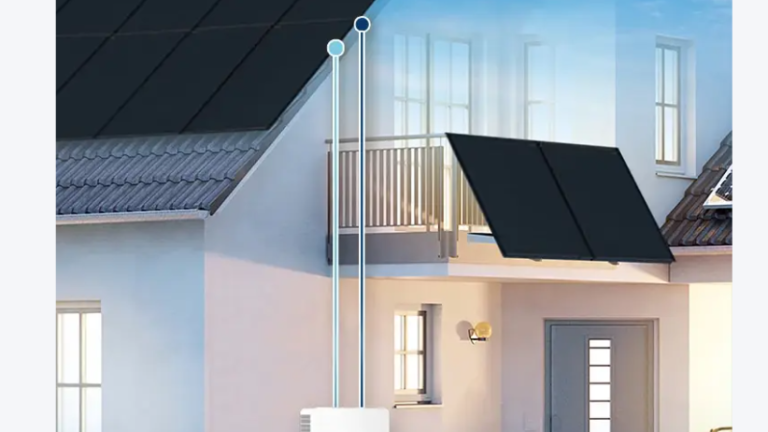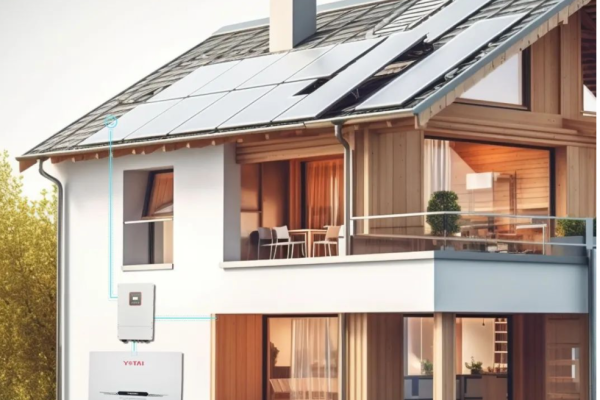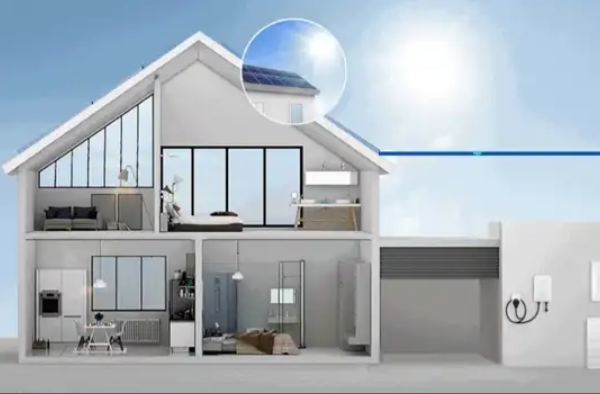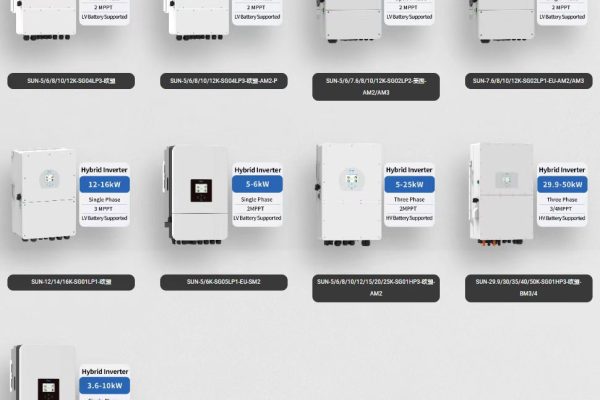In the past, installing a home energy storage system meant hiring a licensed installer, coordinating with the utility, and often dealing with weeks of design, permitting, and setup. But the market is shifting. A new category of products—plug-and-play home battery kits—is emerging, making energy storage more accessible, affordable, and user-friendly for homeowners.
This article explores why these systems are growing in popularity, what makes them different from traditional setups, and what both customers and integrators should consider before adopting them.
What Are Plug-and-Play Home Battery Kits?
Unlike conventional storage systems that require detailed electrical work and professional installation, plug-and-play kits are pre-assembled units that can be connected directly to a home’s circuits or even standard outlets (depending on the design).
They typically combine:
- Lithium-ion battery packs (often 2–10 kWh capacity per module)
- Integrated inverter/charger
- Battery management system (BMS)
- User-friendly monitoring app
Some kits are modular, allowing homeowners to stack multiple units for greater capacity. Others are designed for quick emergency backup, powering essentials like refrigerators, routers, and lighting.
Why Are They Rising in Popularity?
- Ease of Installation
Homeowners can set up these systems without complicated wiring or approvals. Some truly plug into standard wall outlets. - Lower Upfront Costs
With fewer labor and permitting requirements, total system cost can be significantly reduced. - Flexibility
Customers can start small—say, a 5 kWh backup kit—and expand later as budgets and needs grow. - Growing DIY Market
Similar to rooftop solar kits, consumers increasingly want energy independence without contractors. - Policy and Incentives
In some regions, small plug-and-play systems are exempt from utility interconnection rules, speeding adoption.
Typical Applications
- Emergency Backup: Keeping critical appliances running during outages.
- Solar Self-Use: Storing daytime solar generation for evening use.
- Rental Homes / Apartments: Where permanent installations aren’t allowed.
- Off-Grid Cabins / Tiny Homes: Compact, portable storage options.
Limitations to Keep in Mind
While appealing, plug-and-play kits are not a silver bullet:
- Limited Capacity
Most kits offer 2–10 kWh, enough for lights and essentials but not whole-home backup. - Lower Efficiency in Some Models
Simplified inverter designs may not reach the same efficiency as professional hybrid inverters. - No Utility Interconnection (in many cases)
These systems often work as backup power or load-shifting devices, not as grid-tied solar-battery systems. - Durability Concerns
Entry-level kits may use cheaper components, raising long-term reliability questions.
Opportunities for Distributors and Integrators
For businesses in the PV + storage space, plug-and-play kits open new market segments:
- Retail Sales: Kits can be sold online, at hardware stores, or through e-commerce.
- Entry-Level Customer Acquisition: A homeowner who buys a small kit may upgrade later to a full storage system.
- Niche Applications: Rental units, disaster relief, and emerging markets where traditional installs are impractical.
Case Example
In Southern Europe, a distributor introduced a portable 5 kWh plug-and-play kit priced at €3,000. It required no permits and shipped directly to customers. Within six months, sales outpaced expectations, with buyers citing energy independence and ease of setup as the main drivers. Many later inquired about larger hybrid inverter systems, proving the value of plug-and-play as a gateway product.
The rise of plug-and-play home battery kits reflects a broader trend: consumers want simple, affordable, and flexible energy storage solutions. While not a replacement for larger, professionally installed systems, these kits democratize access to home energy storage and provide a strong entry point for new customers.
For integrators and resellers, they are not just products—they are lead generators for the next wave of full-scale solar + storage adoption.









